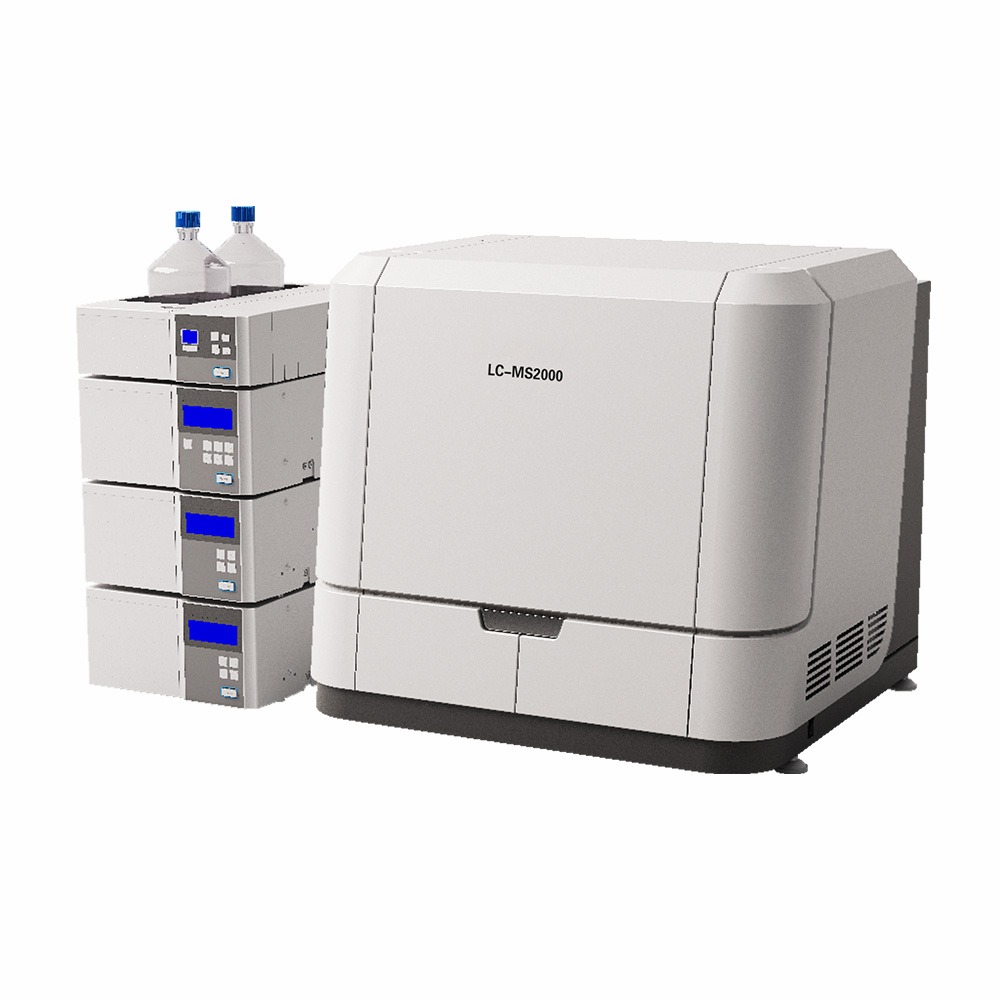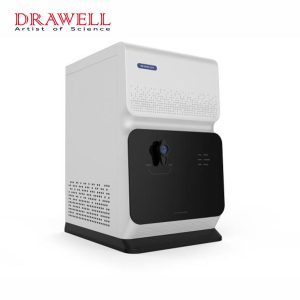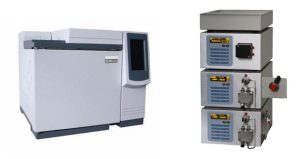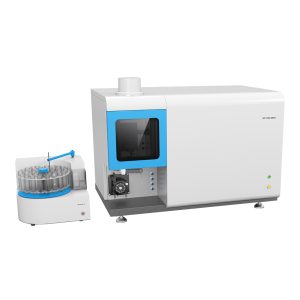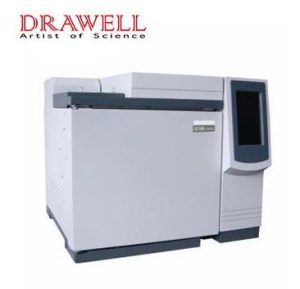Liquid Chromatography and Mass Spectrometry (LC-MS) is becoming a high-quality analytical method for clinical diagnostics because of its superior sensitivity, precision and its ability to quantify a wide range of biomolecules. LC-MS blends the ability to separate liquid chromatography and the molecular precision of mass spectrometry. This makes it an invaluable tool in identifying diseases, monitoring treatment efficacy and identifying biomarkers.
Why LC-MS is Preferred in Clinical Diagnostics
Overcoming the Limitations of Traditional Immunoassays
For a long time, a majority of tests for diagnosis have relied on immunoassays because of their simplicity and cost-effectiveness. However, they often have crucial limitations, like low specificity due to cross-reactivity, a limited flexibility of dynamic, or inconsistent results when it comes to detecting low-abundance substances. LC-MS addresses these drawbacks by directly measuring molecular structures, offering far greater specificity and reducing the risk of false positives and false negatives–especially when testing structurally similar compounds like steroid hormones, metabolites, or drug analogs.
Superior Sensitivity and Quantitative Accuracy
One of the major reasons why LC-MS is favored is its remarkable sensitivities. The technique can detect analytes at very low concentrations–often in the picogram per milliliter range–making it ideal for early disease detection, hormone profiling, and drug level monitoring. Furthermore, LC-MS delivers quantitative accuracy which is superior to traditional methods, allowing doctors to accurately monitor the therapeutic levels of drugs, modify dosing and even detect tiny biochemical changes in certainty.
Multiplexing Capabilities and Workflow Efficiency
Another major benefit of LC-MS is the ability to analyse several analytes simultaneously in the same sample. This is a technique known as multiplexing. This helps reduce the volume of sample required while also preserving reagents and improves the diagnostic process. In clinical settings like newborn screening, LC-MS is able to detect a myriad of metabolic conditions in one run dramatically increasing effectiveness and allowing the prompt intervention.
Improved Confidence in Diagnostic Results
In clinical decision-making processes, reliability is an essential element. LC-MS gives high precision and selectivity, providing diagnostic information that is reliable even in matrices of biological complexity. This increased confidence results in more effective clinical outcomes and helps the use of evidence-based methods in today’s healthcare settings.
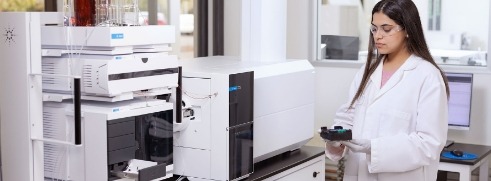
How LC-MS Works in Clinical Diagnostics
The Liquid Chromatography-Mass Spectrumtry technique combines the effectiveness of separation from the liquid chromatography (LC) along with the molecular detection and identifying abilities of mass spectrometry (MS). Together, they create a powerful analytical instrument capable of detecting tiny amounts of hormones, chemicals and metabolites as well as biomarkers of disease in complex clinical matrices such as urine, blood, and tissues.
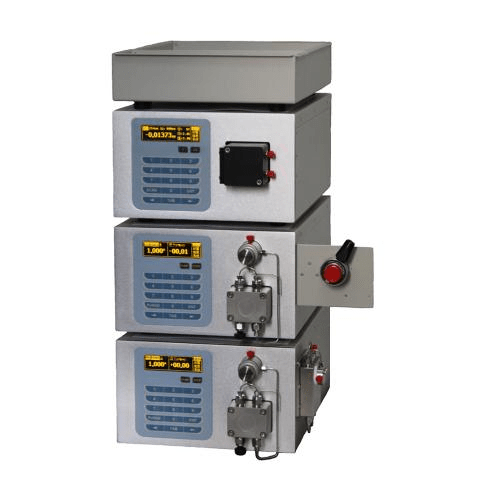
1. Sample Preparation
The majority of clinical specimens comprise a range of salts, proteins, and organic compounds which can hinder analysis. Thus, preparation of the sample is an essential initial step. Methods like protein precipitation and SPE, or solid-phase separation (SPE) or liquid-liquid extraction, are often employed to separate the targeted analytes as well as reduce background noise. This ensures that the sample coming into the LC-MS system is pure and suitable for an accurate analysis.
2. Liquid Chromatography
After the sample is prepared, it is then introduced into the liquid chromatography process. It is then passed through a column of chromatography under high pressure. The column has a stationary phase which interacts differently with every component of the sample, based on their chemical properties, such as polarity, size or affinity. The process is designed to separate the components to allow them to are detected by the mass spectrometer with different timings decreasing overlap and increasing precision. For diagnostics in clinical settings, reversed-phase LC is commonly employed because of its compatibility with many bioanalytical chemicals.
3. Ionization
The eluted molecules are taken to the ionization source which converts them into ions, charged particles needed for mass analysis. In the clinical LC-MS, two main ionization methods are employed:
- Electrospray Ionization (ESI): Ideal for polar and high-molecular-weight compounds such as peptides and proteins.
- Atmospheric Pressure Chemical Ionization (APCI): It is a better choice for smaller, less polar molecules like steroids and Lipids.
Ionization is an important process because it affects the sensitivity and efficiency of the mass spectrometry downstream detection.
4. Mass Spectrometry
Once ionized, charged particles are redirected into the mass spectrometer. It separates them based on their mass to charge proportion (m/z). Different kinds of mass analyzers such as quadrupoles, time-of-flight (TOF) Ion traps or Orbitraps–can be employed, based on the resolution you want and speed.
In clinical diagnostics, Mass spectrometry in tandem (LC-MS/MS) is often employed. In this method the initial stage (MS1) is the process of identifying a particular Ion, and it is fragmented by an ion collision cell. The fragmented ions that result are then analyzed in the subsequent step (MS2). This procedure provides both structural and quantitative information which can determine the identity of the compound with a high degree of certainty.
5. Data Processing and Interpretation
The final stage involves data acquisition and analysis. A special software program is used to capture the ion signals and creates mass spectra and chromatograms. Advanced algorithms analyze the results and compare them to calibrator curves, reference spectrums which allows for precise quantification and identification of the target analytes. Clinical settings are where this information is usually integrated automatically into the laboratory Information Systems (LIS) to simplify the workflow and report generation.
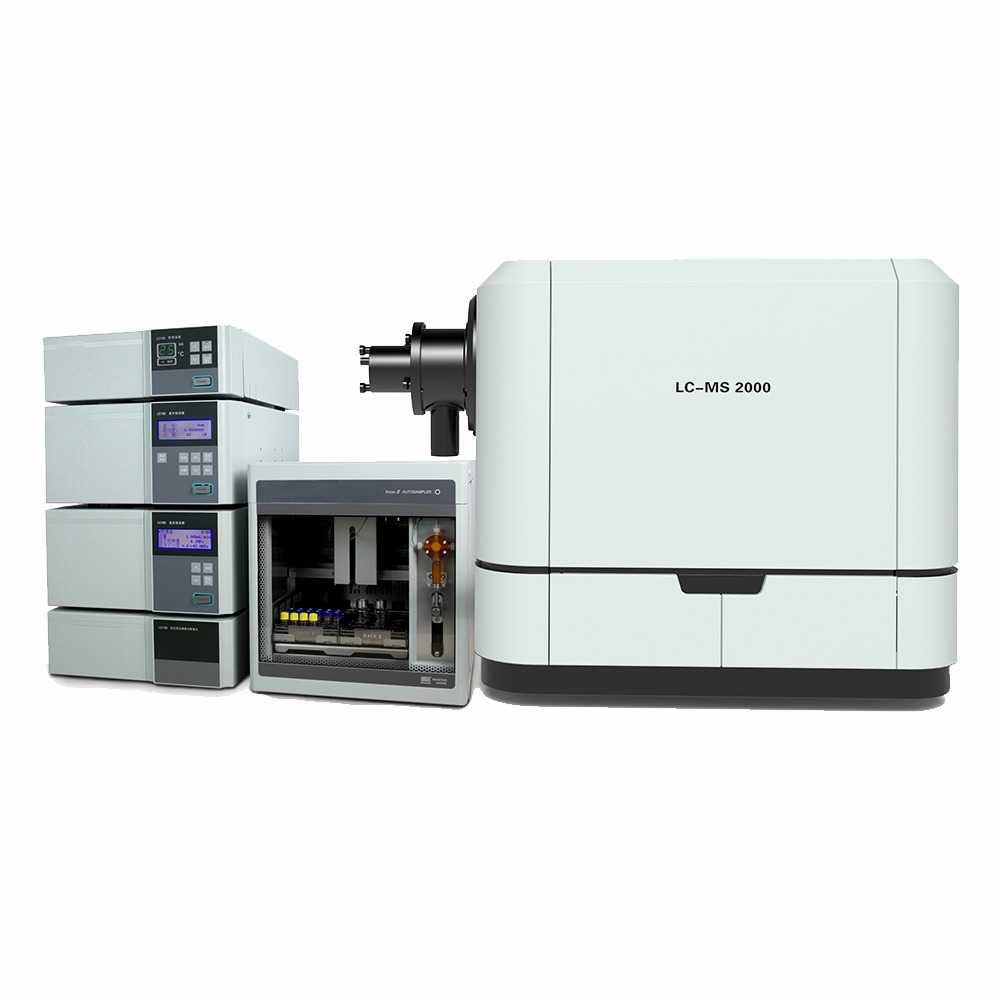
Key Clinical Applications of Liquid Chromatography-Mass Spectrometry
| Clinical Application | Description | Examples |
| Therapeutic Drug Monitoring (TDM) | Analyzes drug concentrations in patient samples, to ensure an optimal dosage | Tacrolimus, Cyclosporine, Antiepileptics, Antidepressants |
| Newborn Screening | Finds out if there are metabolic errors that are inborn at an early age | Phenylketonuria (PKU), Maple Syrup Urine Disease, Medium-Chain Acyl-CoA Dehydrogenase Deficiency |
| Hormone and Steroid Analysis | Measures hormones with high specificity and minimal interference | Testosterone, Estradiol, Cortisol, Vitamin D |
| Toxicology and Drug Abuse Testing | Determines and quantifies the presence of the presence of toxic substances, drugs and metabolites that are present in biological samples | Cocaine, Morphine, Methamphetamine, Acetaminophen |
| Biomarker Discovery | Finds new disease markers to aid in diagnosis and prognosis | The peptides that are cancer-specific, cardiac biomarkers and inflammation Cytokines |
| Proteomics and Metabolomics | Profiles of proteins and metabolites for diagnosis and precision medicine | Alzheimer’s markers as well as cancer pathway proteins. metabolic flux of the diabetes |
| Nutritional and Metabolic Monitoring | Monitors amino acid and vitamin levels to ensure that nutrition management is effective for the clinical. | Vitamin B12, Folic Acid, Branched-chain Amino Acids |
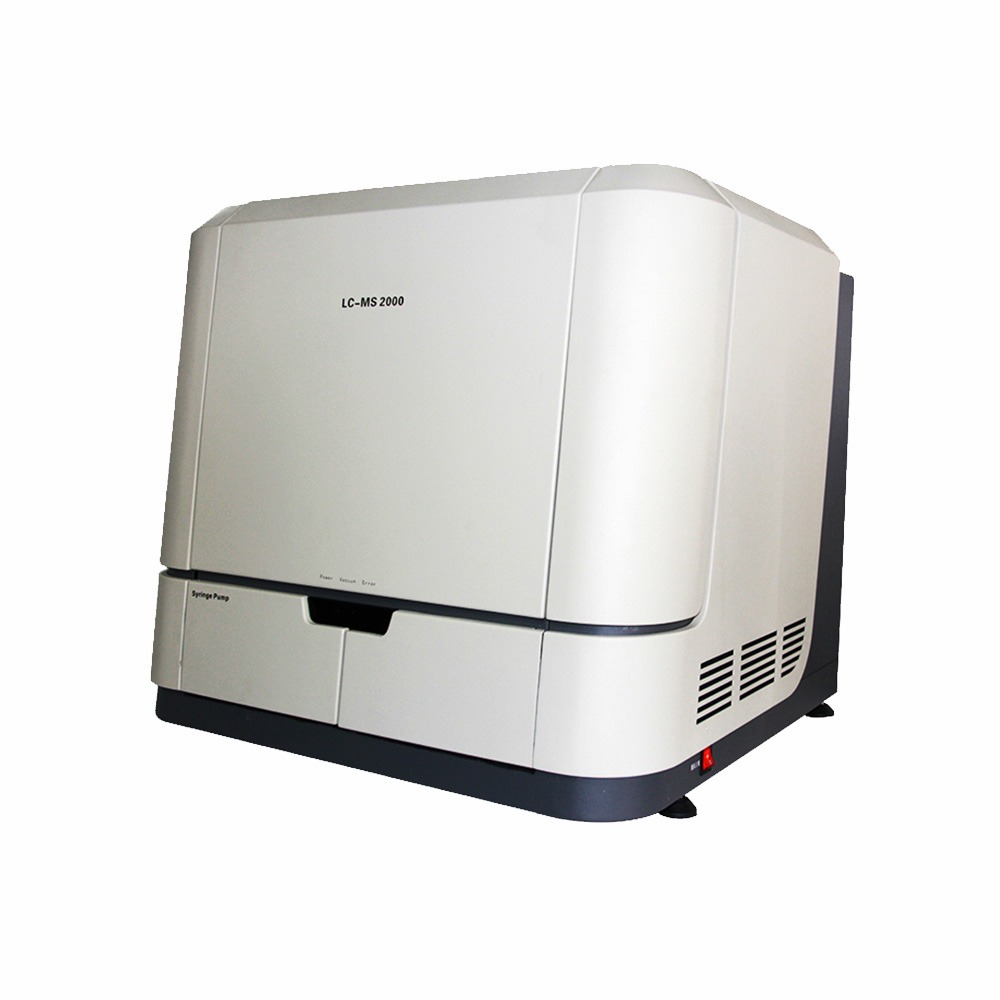
Recent Advancements in LC-MS for Clinical Use
Recent technological and methodological advances have transformed Liquid Chomatography-Mass Spectrometry, a tool for specialized use, to a primary instrument for routine diagnostics for patients. The advancements in technology have enhanced access, throughput, automated and compliance with regulatory requirements which has made LC-MS more efficient and practical than ever before for clinical use.
1. Enhanced Instrument Sensitivity and Speed
Modern LC-MS systems offer high sensitivity and can detect analytes that are in the low picogram range or even the femtogram range. This is crucial in early detection of diseases for example, endocrinology and oncology where biomarkers could be present in very low levels. Furthermore, increased scanning speeds as well as shorter durations have dramatically improved the efficiency of samples. Systems like triple quadruple and Orbitrap-based platforms allow rapid, high-resolution analysis which is vital for clinical workflows that handle hundreds of samples every day.
2. Integration of Fully Automated Sample Preparation
In the past, one of the obstacles to the clinical implementation of LC-MS was the high-labor and variable nature of preparation of samples. Recent advances in automated sample preparation platforms, like robotic liquid handlers and an integrated SPE online (solid-phase extraction) has reduced human error, enhanced reproducibility and improved the efficiency of labs. Automation has also allowed for an easier compliance with the regulations as well as more uniformity across labs.
3. Development of Pre-Validated Clinical Assay Kits
To make it easier to bridge gaps between scientific in clinical diagnostic tests, companies are now offering FDA-cleared or CE -IVD certified LC-MS kits specifically designed for use in the analysis of steroid hormones, monitoring of therapeutic drugs and quantification of vitamin D. These kits have been validated and reduced the workload of developing methods and validation, while also ensuring the highest quality of performance, reliability and traceability that is in line with the regulatory standards.
4. Improved User Interfaces and Software Integration
Newer LC-MS systems come with intuitive software interfaces specifically designed for clinical technicians, not analytical chemical experts. These systems offer simpler processes, guided method development with automated calibration, as well as easy integration into Laboratory Information Systems (LIS) and Electronic Medical Records (EMR). This makes it easier to expand the LC-MS reach beyond trained professionals, which makes it more accessible for medium- to high-throughput labs in hospitals.
5. Expanding into new Clinical Domains
The advancements in instrumentation and methods have facilitated the use of LC-MS into new areas of clinical practice. For example:
Microbiome and infectious disease diagnostics can now be benefited from LC-MS’s capability to detect pathogen-specific lipids and peptides.
In neurology, LCMS is used to determine neurotransmitters and neurosteroids to treat conditions such as Alzheimer’s disease and Parkinson’s disease.
In oncology, LCMS allows multiple-omics profiling and early detection using cancer-specific metabolite panels.
These expansions reflect the increasing use of LC-MS in precise and personalized medicine.
6. High-Throughput Multi-Analyte Panels
Modern LC-MS platforms enable multiplexed analysis–simultaneous quantification of multiple analytes from a single sample. This is particularly beneficial for screening panels designed for newborns as well as steroid profiling toxicology panel panels. Innovative software and ion-management technology minimize interference to signals which allows for accurate estimation of 20-50+ chemicals per injection, while not sacrificing the sensitivity.
7. Miniaturized and Benchtop Systems
Another step forward is the development of benchtop, compact system for LC-MS that is specifically designed to work in clinical labs that have space limitations or staffing levels that are limited. The systems are equipped with clinical assays and integrated quality control protocols that make them plug-and play solutions for testing diagnostics decentralised in smaller labs or satellite facilities.
8. Advances in Quantitative Proteomics and Metabolomics
Recent advancements in LC-MS/MS instrumentation have significantly improved the quantitative determination of metabolites and proteins for the purpose of identifying clinical biomarkers and validation. Methods for targeted proteomics like Multiple Reaction Monitoring (MRM) are becoming increasingly used in medical tests that test for heart diseases cancer, metabolic diseases.

Challenges and Future Solutions in Implementation of LC-MS for Clinical Use
| Challenges | Description | Future Solutions |
| Complex Sample Preparation | It is time-consuming and susceptible to fluctuations | Automated sample preparation systems and on-line extraction modules |
| High Equipment and Maintenance Costs | Regular upkeep and capital investment can be costly. | Design of benchtop-sized, compact MS systems for LC that have lower operational costs |
| Need for Highly Skilled Personnel | Troubleshooting, operation, and the development of methods require the expertise of a specialist | Friendly interfaces for users with AI-assisted workflows, technical-level training programs. |
| Limited Standardization Across Labs | The absence of harmonized protocols can affect the reproducibility of results and compareability | Method harmonization across the entire industry and the access to validated, FDA-approved assay kits |
| Integration with Laboratory Information Systems (LIS) | Transfer of data to LIS can be technically complicated | The development of plug-and-play LIS connectivity and HL7 compatible software interfaces |
| Regulatory and Validation Burden | The length of validation procedures required for clinical conformity | Additional off-the-shelf IVD-compliant methods as well as shared databases with validated protocols |
| Ion Suppression and Matrix Effects | The biological samples could affect ionization, which can impact the accuracy of quantification | Improved chromatographic separation and a better internal design standard |
| Limited Throughput in Some Settings | The time for running and sample preparation may limit the daily capacity | Multiplexed and fast-scanning analysis instruments and better autosamplers |
Final Thoughts
Liquid Chromatography-Mass Spectrumtry has revolutionized clinical diagnostics with its excellent quality, sensitivity and versatility. For routine drug monitoring, to cutting-edge research on biomarkers, LC-MS gives clinicians practical insights that help improve diagnosis treatment and patient outcomes. As technology gets more accessible and user-friendly, LC-MS is expected to become even more embedded in the daily workflow of clinical laboratories.
Related Products Recommendation
Get Quote Here!
Latest Posts
What Next?
For more information, or to arrange an equipment demonstration, please visit our dedicated Product Homepage or contact one of our Product Managers.

